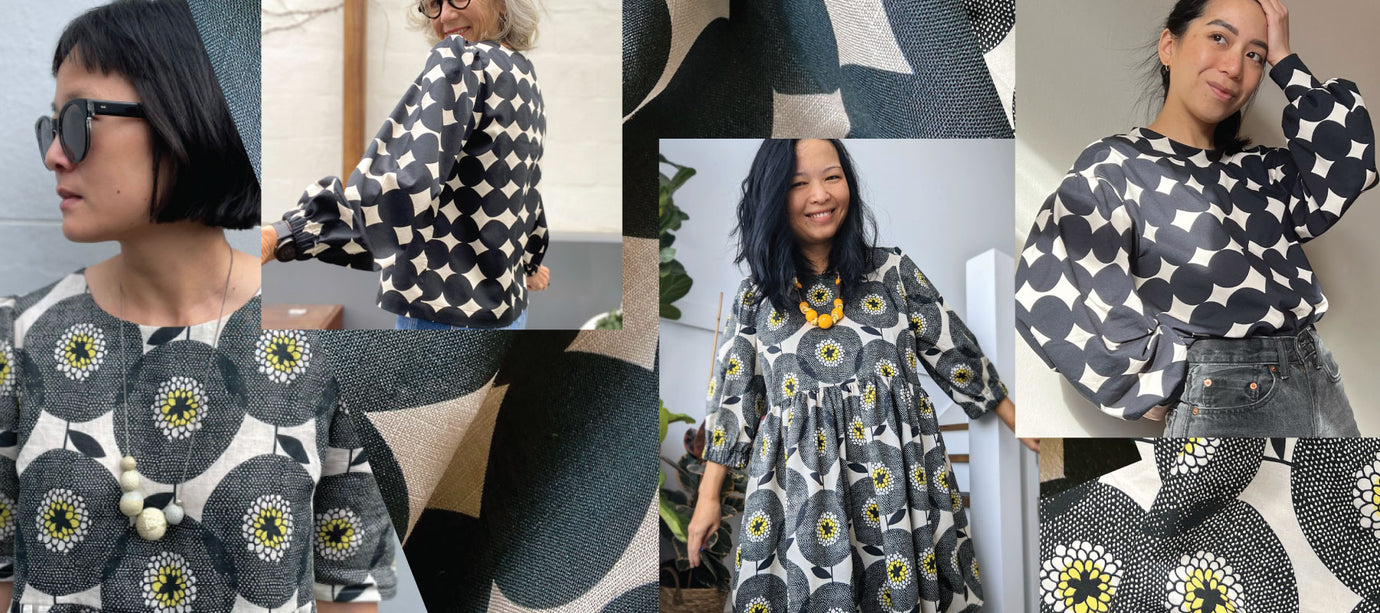NAIDOC Week: What, Why, How and When

It is NAIDOC Week. This is a week that is about proudly celebrating the diverse culture, history and achievements of Aboriginal and Torres Strait Islander people in Australia. Each year there is a different theme to reflect the issues and events and for 2020 it is ‘Always Was, Always Will Be’. The aim is to recognise and acknowledge the First Nations people that occupied and cared for this continent for over 65,000 years.
Some previous themes include Race For Life For a Race, Cultural Revival is Survival, Change: The Next Step is Ours and White Australia Has a Black History.
The NAIDOC acronym stands for ‘National Aborigines and Islanders Day Observance Committee’ and made up of the decision makers for NAIDOC Week.

The origins of NAIDOC Week can be traced back to as early as 1938 to the Aboriginal rights movement when protestors marched through the streets of Sydney on Australia Day. Its purpose was to mark the status and treatment of Aboriginal and Torres Strait Islanders in Australia and it was one of the first civil rights gatherings in the world. It became known as the ‘Day of Mourning’. Afterwards there was a growing feeling that it should be a regular event. Aboriginal rights groups have boycotted the British colonisation of Australia since the beginning of the last century and most Indigenous Australians want the true history of massacres, dispossession and struggles shared and recognised.
Between 1940 and 1955 the Day of Mourning was held annually on the Sunday before Australia Day and was more commonly known as ‘Aborigines Day’. In 1955 Aborigines Day was shifted to July because it was decided to be a celebration of Aboriginal culture and not purely a protest day.
Over the years major Aboriginal organisations, state and federal governments and a number of church groups all supported the formation of the National Aborigines Day Observance Committee (NADOC) and later the inclusion of Torres Strait Islanders to form NAIDOC. In 1975 NAIDOC celebrations became a week long event.
“A week enables diverse activities and events to help celebrate and recognise the rich cultural history that makes Australia unique,” says NAIDOC co-chair John Paul Janke. “NAIDOC is a week borne from a day of protest, a movement towards justice, equality, and freedom and human rights. It's a week that celebrates and acknowledges our past, our present and looks with hope towards the future."
“Every NAIDOC Week I'd like to see people engage with and deepen their knowledge of Indigenous Australia and proudly celebrate that they are the world's oldest continuous living culture,” says Janke.
For NAIDOC Week, NAIDOC activities are conducted throughout the country within schools, kindergartens, universities, work environments, libraries and other public spaces. These might include learning more about the Aboriginal history, listening to Indigenous Australian music, reading dreamtime stories, trying dot painting, raise an Aboriginal flag, research the traditional Indigenous owners of local land, display Indigenous artwork or invite an Indigenous elder to speak at your school or workplace. It is primarily celebrated by Aboriginal and Torres Strait Islander people, but all Australians are encouraged and welcome to participate.
 This year NAIDOC Week focuses heavily on our nation’s history not beginning with documented European contact but that the very first footprints on this continent belonged to our First Nations people. This country’s First Nations people were our first bakers, farmers, botanists, engineers, astronomers, artists, explorers, dancers, storytellers and more.
This year NAIDOC Week focuses heavily on our nation’s history not beginning with documented European contact but that the very first footprints on this continent belonged to our First Nations people. This country’s First Nations people were our first bakers, farmers, botanists, engineers, astronomers, artists, explorers, dancers, storytellers and more.
“NAIDOC Week hopes to highlight that Australia is one of the few liberal democracies around the world which still does not have a treaty or treaties or some other kind of formal acknowledgement or arrangement with its Indigenous minorities. The true story of colonisation must be told, must be heard, must be acknowledged,” says Janke.
During the week there are national awards presented to inspirational Indigenous people in ten different categories that include: Person of the Year, Female Elder of the Year, Male Elder of the Year, Artist of the Year, Apprentice of the Year, Scholar of the Year, Youth of the Year, Sportsperson of the Year and Caring for the Country award.
For anyone looking for additional learnings on our Indigenous history visit the NAIDOC website or get your hands on a book such as Growing Up Aboriginal in Australia by Anita Heiss, The Yield by Tara June Winch, Living on Stolen Land by Ambelin Kwaymullina and Dark Emu by Bruce Pascoe. Only naming a few as there are many, many books and websites to explore.

Words by Jacqui Taylor
Above information has been sourced from www.naidoc.org.au and www.abc.net.au.





